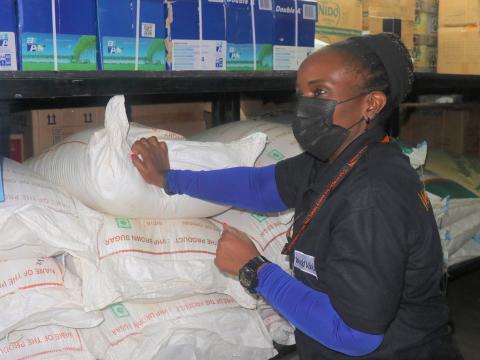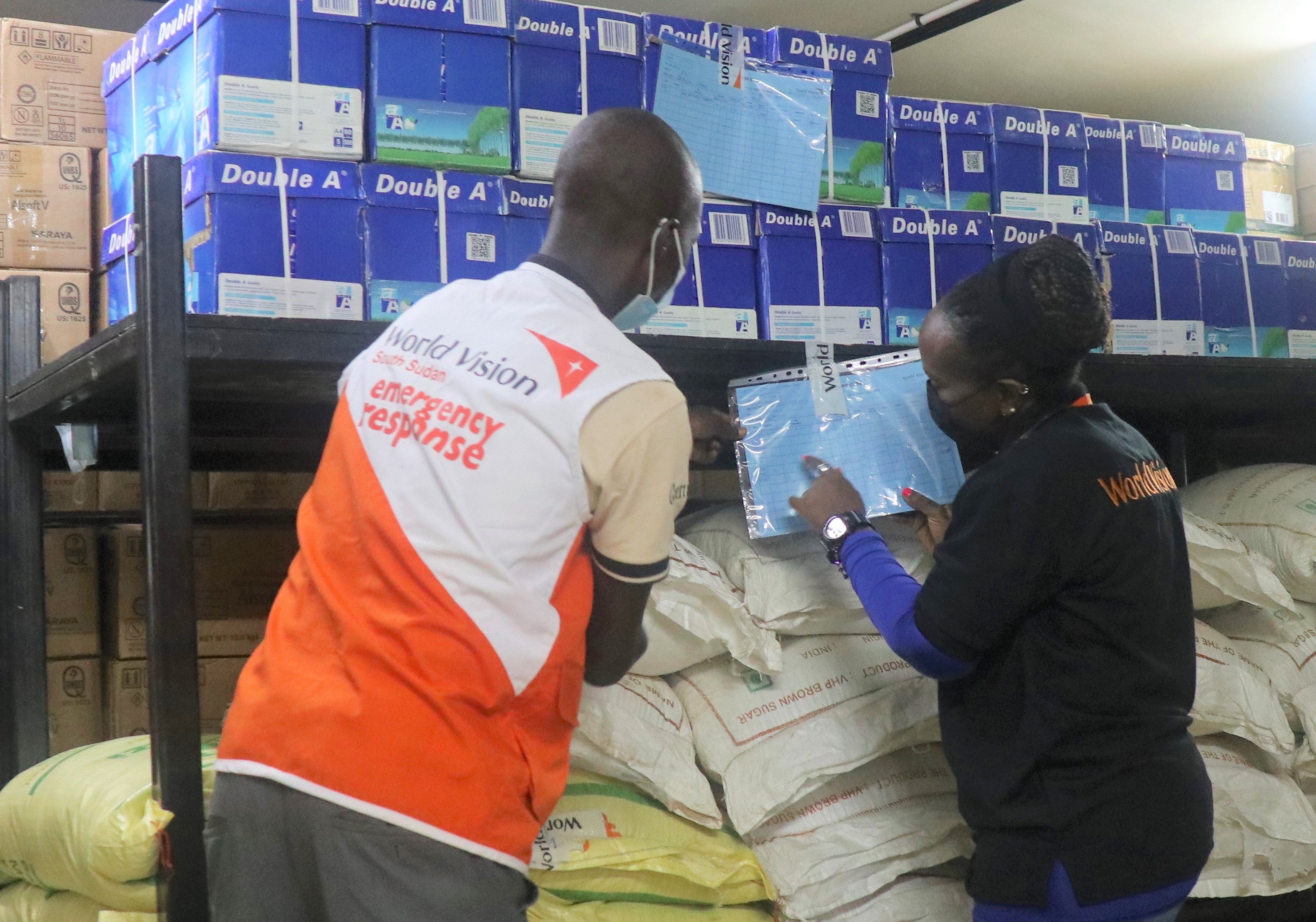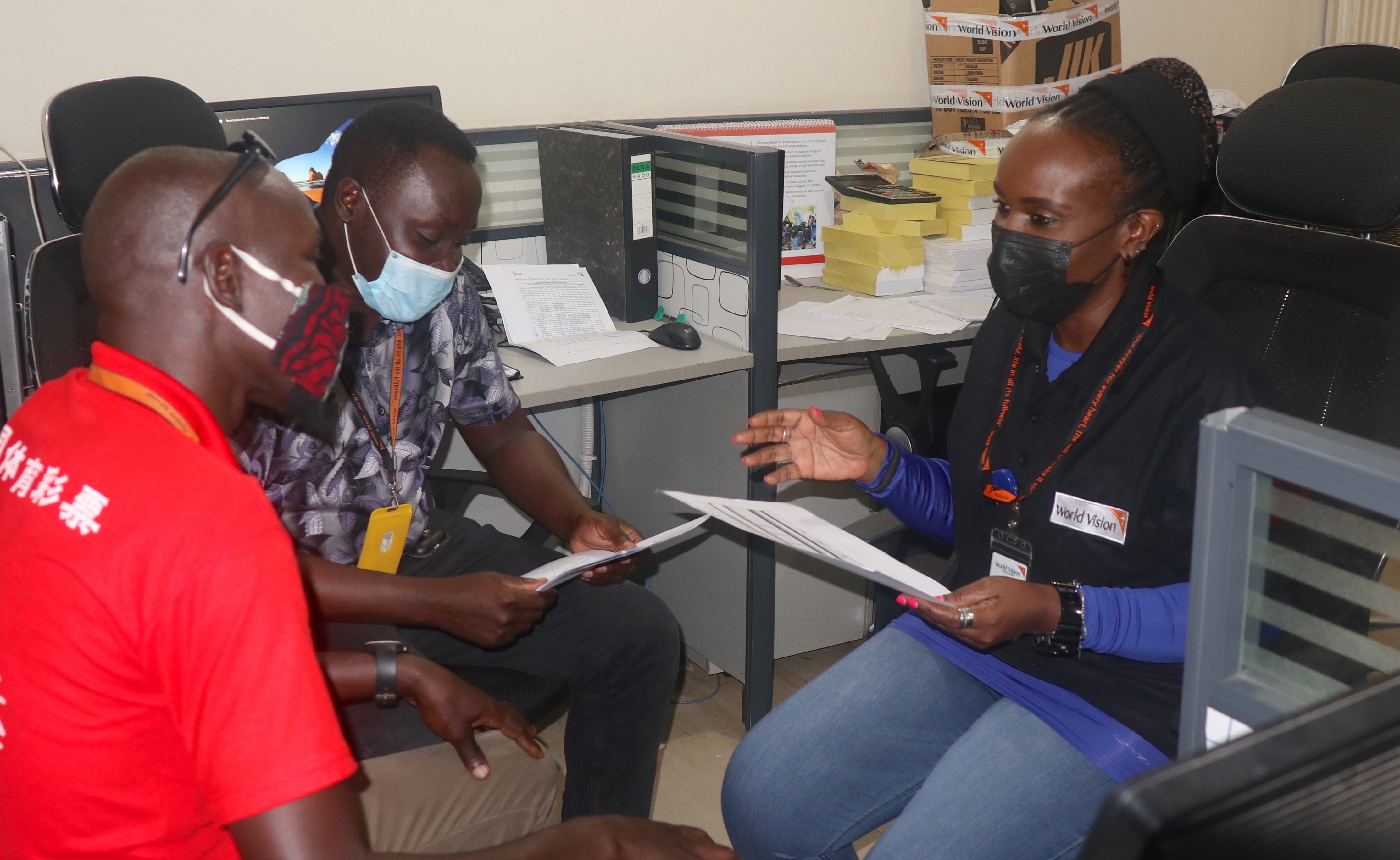Eleven years in disaster work yet the impact on children still shocks me

I have been involved in managing disaster responses of all kinds since 2010 starting out in Uganda. My first exposure was the mudslides in the slopes of Mount Elgon located in the eastern part of the country. It shocked me to see a combination of natural and a man-made disaster unfold.
Natural disasters brought by heavy rains can result to dangerous erosion of steep areas with less vegetation. The man-made part is that if mitigation measures were in place, people will not settle in these high risk locations.
Often, people have limited options. But one reality that never gets easier to accept is that in any disaster, 50 per cent of those affected will be children. As a child-focused organization, we must work round the clock to prevent, mitigate, prepare and respond to disasters. Early warning systems is vital and can save many lives.

In South Sudan, I have also seen the impact of both man- made and natural disasters and have been responding to more since 2013. But of late, they are intensifying in East Africa such as floods and droughts, which, intertwined with impact of man- made disasters, have devastating effects.
Sadly, what this means for all of us is that more children are affected. The growing population, with increasing number of children and families will also mean considerable demand on basic needs such as adequate food, safe drinking water, health services, shelter over their heads and of course education.
The compounded number of disasters leave us in a very precarious situation to prioritize. Every child deserves to live life to the fullest. Having to prioritize basic needs is something that should not be an option. Children should be provided with necessities by their caregivers.
One reality that never gets easier to accept is that in any disaster, 50 per cent of those affected will be children.
This situation is not unique to South Sudan as we continue to see both natural and man-made disasters increase globally. Hence, mobilizing resources to support children in World Vision’s areas of operation will have many competing priorities.
In the latest South Sudan Humanitarian Snapshot from UNOCHA, an estimated 8.3 million people are in need of humanitarian assistance, 1.4 million children and 483,000 women are malnourished, 1.7 million people are internally displaced, 380,000 people have been affected by floods. The picture is bleak.
However, despite all these challenges, we remain hopeful on a daily basis for the children that we serve. The fact that World Vision is committed to uphold every child’s well-being means that we will continue to do everything that it takes to keep Our Promise.

Our 5-year strategy is targeting three million children, a firm commitment from World Vision. Our areas of focus are centered on provision of basic needs to children and their families as well as in building aspects of resilience and recovery at every opportunity.
One of World Vision's Core Values is that we are responsive. This means that we strive to respond quickly to emerging humanitarian emergencies.
It may not be easy for the children and their families to find hope and joy in such increasing challenges, but we stand with them in adherence to the first humanitarian principle ”To prevent and alleviate suffering wherever it may be found”.
Blog written by Enid K. Ocaya, Humanitarian Emergency Affairs Manager